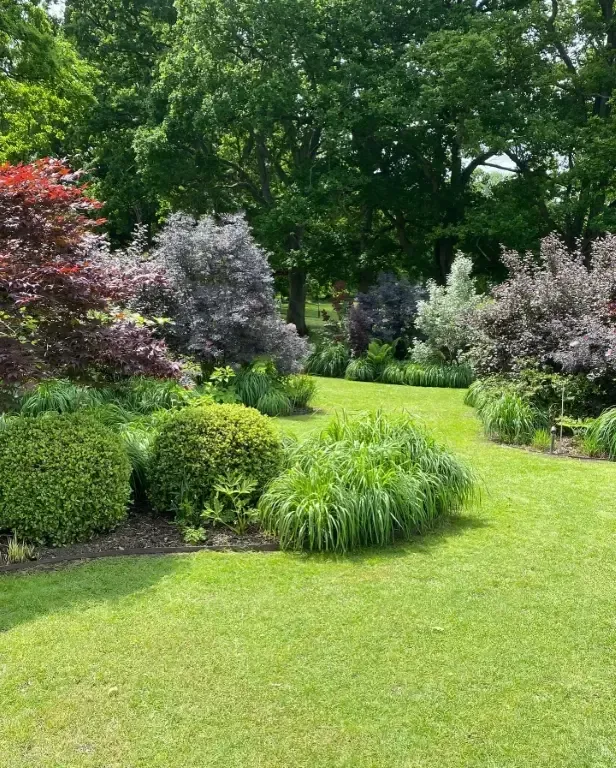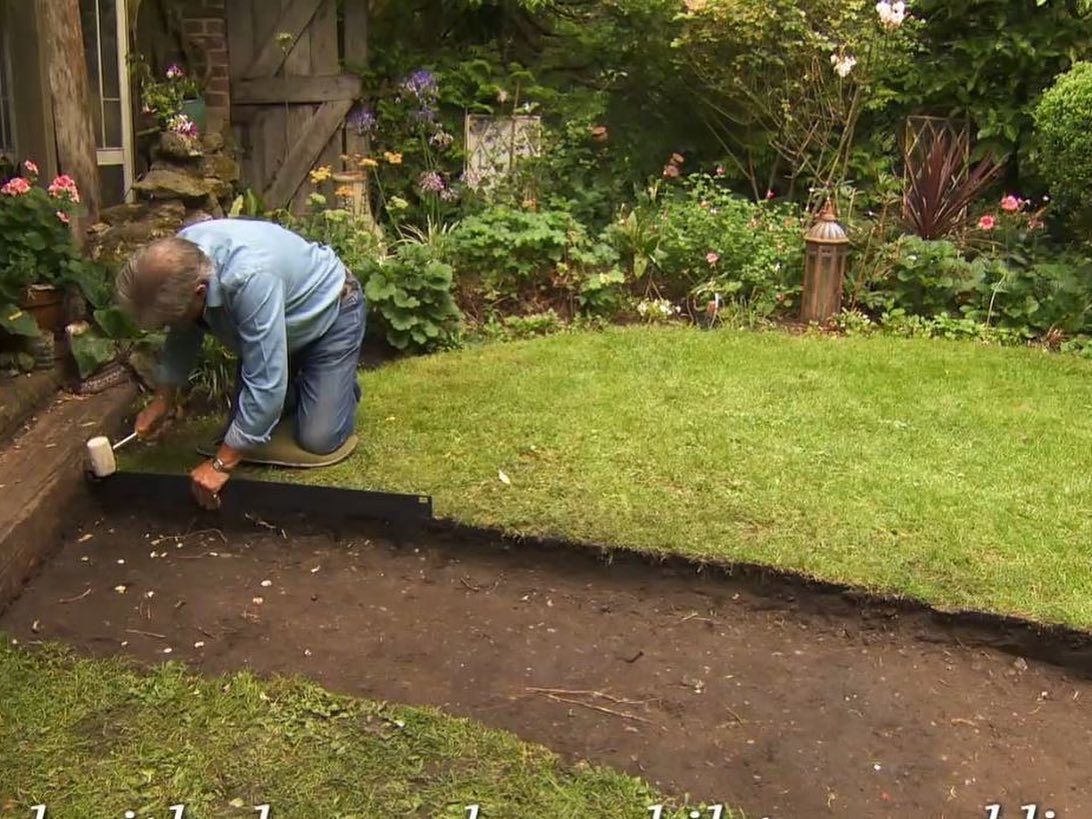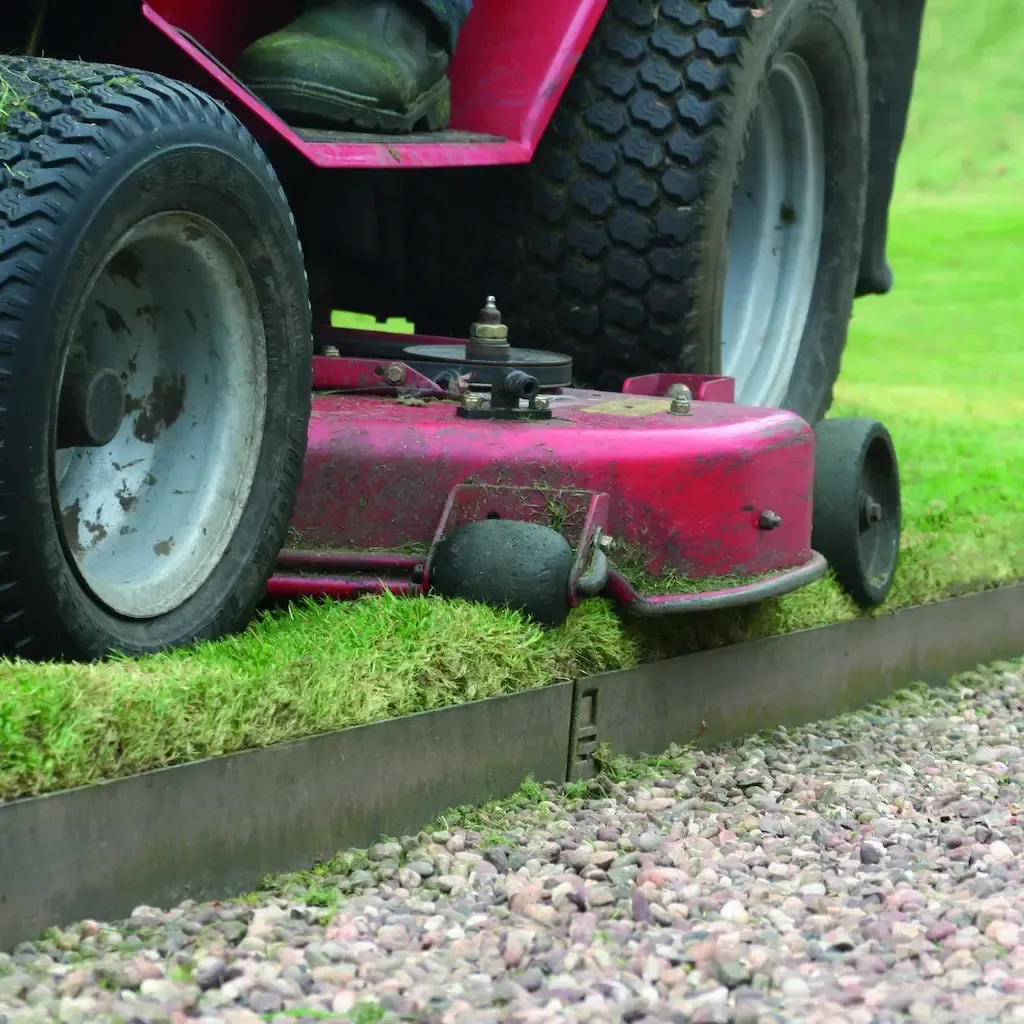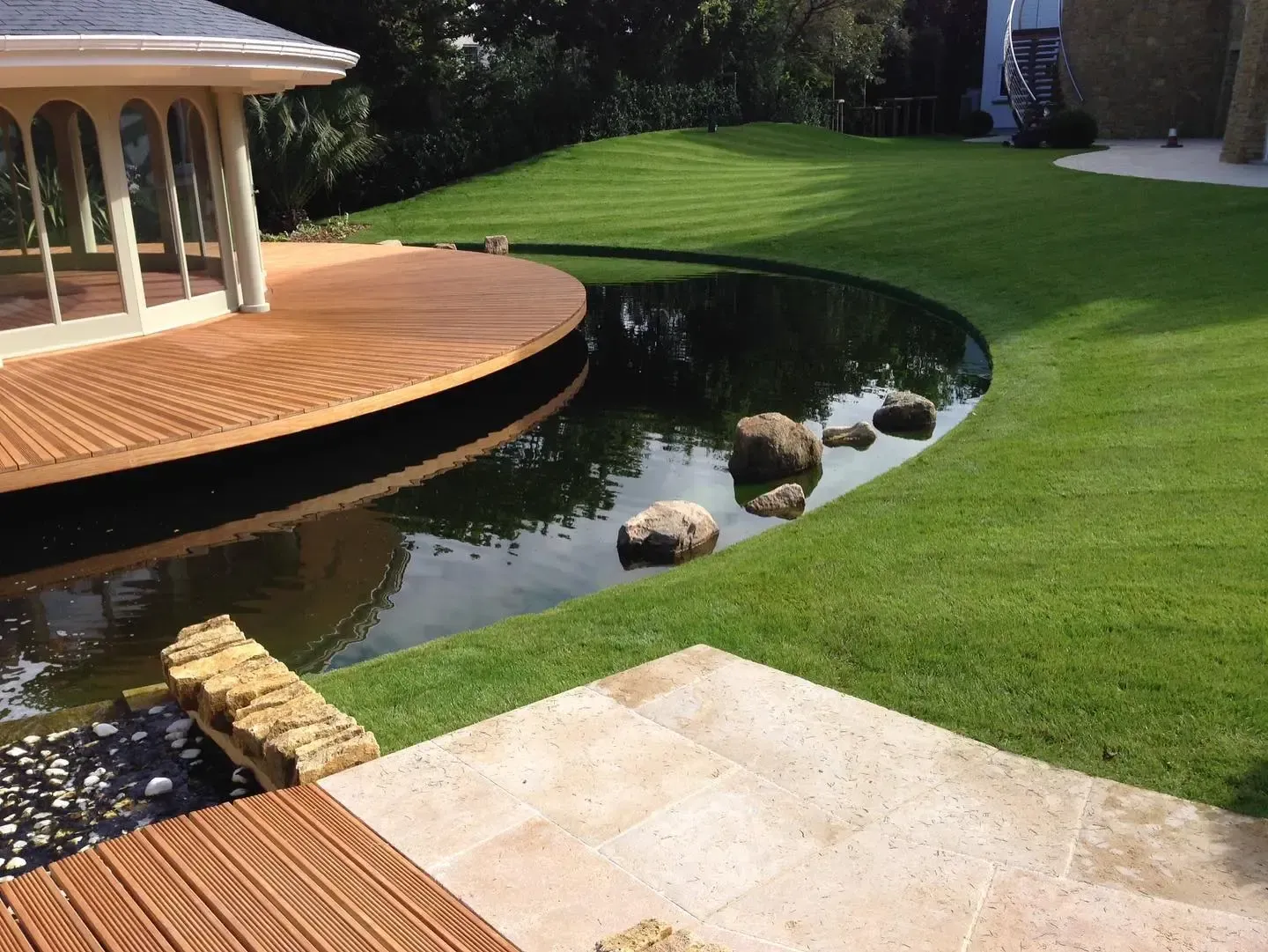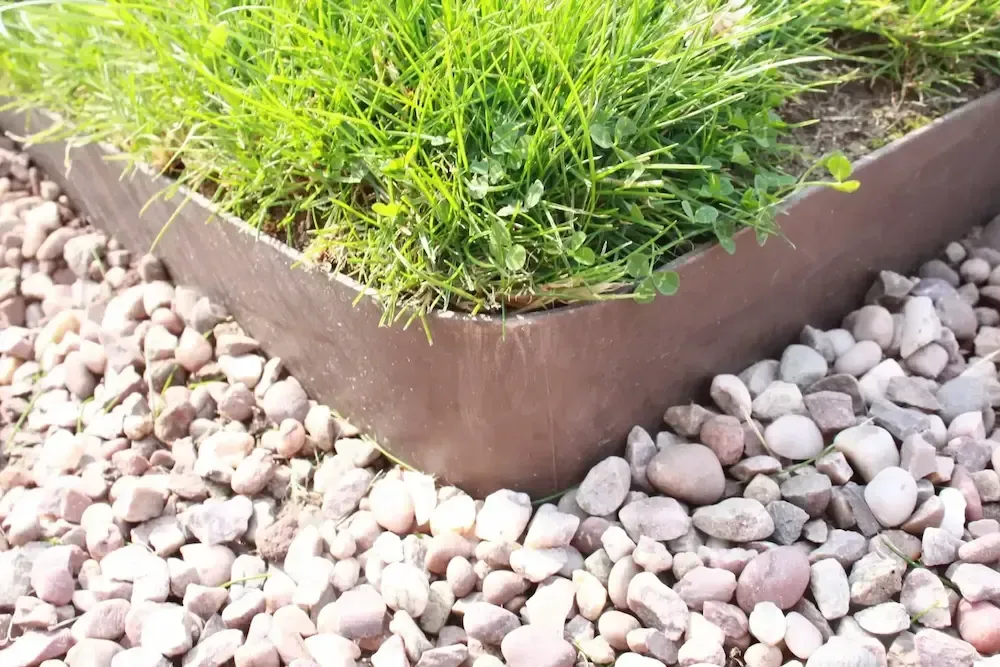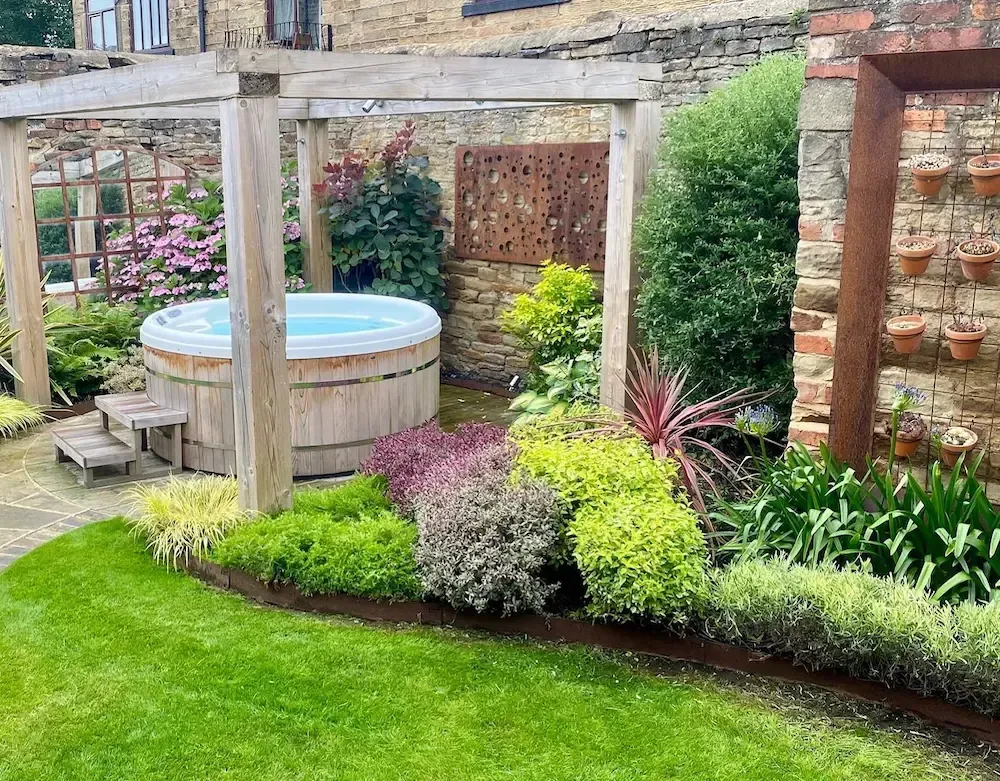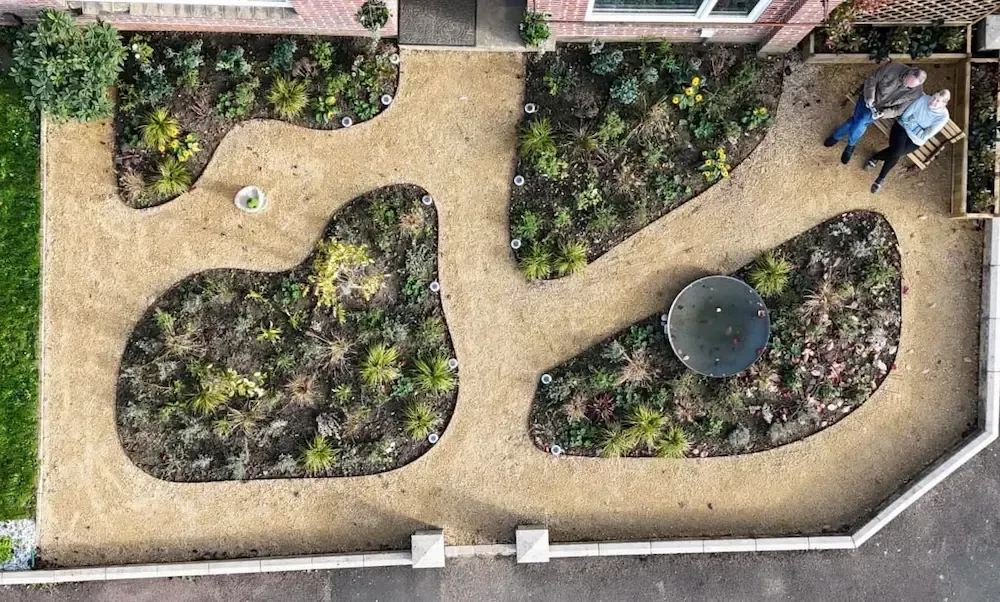Natural edging vs. steel garden edging: the pros and cons
If you own a home in New Zealand, you know the Sunday afternoon struggle. You’ve mowed the lawn, but the garden still looks messy because the grass is creeping into the flower beds. You grab a spade, chop a new edge, and suddenly your lawn is 5cm smaller than it was last month.
Garden edging is one of those things that seems minor until you don’t have it—or worse, when you have the wrong type.
We see plenty of queries asking, "is garden edging worth it?" or searching for comparisons between timber, concrete, and steel. The short answer is: yes, it’s worth it, but only if you do it once and do it right.
In this guide, we’re expanding on our original comparison to look at the four main contenders for Kiwi gardens: Natural (Spade) Edging, Timber, Concrete Curbing, and Steel Edging.
Let’s look at the pros, cons, and costs of each so you can stop edging and start relaxing.
1. The "natural" edge (the Victorian trench)
This is the traditional method. It involves using a half-moon edger or a sharp spade to cut a V-shaped trench between your lawn and your garden bed. It’s not technically "edging" since there is no material installed, but it’s a common starting point.
The pros
- It’s Free: No materials to buy. Just sweat equity.
- Aesthetic: When freshly cut, it looks crisp and traditional (think English country gardens).
- Flexible: You can change the shape of the bed whenever you want.
The cons
- High Maintenance: This is the big one. In NZ’s wet climate, grass grows fast. You will need to re-cut that edge multiple times a season to keep it sharp.
- Lawn creep: Without a physical barrier, Kikuyu and Couch grass runners will laugh at your trench and jump straight across into your soil.
- Messy mulch: On windy days (which is most days in Wellington or Canterbury), your bark mulch will blow straight out of the bed and onto the grass.
- Verdict: Good for purists with plenty of spare time. Bad for anyone who wants a low-maintenance weekend.
Verdict: Good for purists with plenty of spare time. Bad for anyone who wants a low-maintenance weekend.

2. Timber edging
For decades, treated pine timber has been the go-to for Kiwi DIYers. It’s readily available at the local hardware store and feels like a sturdy option.
The pros
- Cheap upfront: Treated pine is generally one of the cheaper materials to buy off the shelf.
- Familiar: Most people know how to nail a couple of pegs into a plank of wood.
The cons
- It rots: Even H4 treated timber doesn't last forever. Constant contact with damp soil means it will eventually rot, warp, or bow.
- Rigid: Timber loves straight lines. If you want a flowing, curved garden bed or a tree ring, timber is a nightmare. You have to cut it into tiny segments, which looks blocky and unprofessional.
- Bulk: A 100mm x 25mm timber board is thick. It creates a heavy, chunky border that can visually dominate small gardens rather than disappearing into the design.
Verdict: The "she’ll be right" option that you’ll likely end up replacing in 5–8 years.
3. Concrete mowing strips (curbing)
You see this a lot in new subdivisions. It involves pouring a continuous strip of concrete (often contoured) around the garden borders.
The pros
- Mowing ease: It creates a wide, flat surface for the mower wheel to run on, meaning less weed eating.
- Permanent: It’s certainly not going anywhere.
The cons
- The "permanent" problem: Because it’s so permanent, you can’t change your mind. Want to widen the garden bed in two years? You’ll need a sledgehammer.
- Cracking: New Zealand creates a lot of ground movement (seismic and seasonal soil shifting). Concrete is brittle. Over time, it is very prone to cracking, and once it cracks, it looks scruffy.
- Industrial look: Unless you have a very specific modern style, a grey concrete ribbon can look quite harsh and municipal compared to the greenery of your garden.
- Cost: Professional concrete curbing is surprisingly expensive due to the labour and equipment involved.
Verdict: Great for commercial carparks, often too harsh and inflexible for residential gardens.
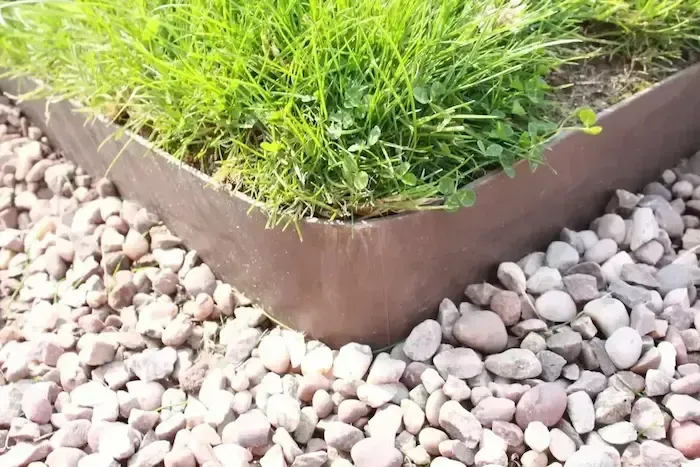
4. Steel garden edging
We might be biased, but the data backs us up. Steel edging has become the gold standard for landscape architects and savvy homeowners for a few key reasons.
The pros
- Thin but strong: EverEdge is made from 1.6mm gauge steel. It’s incredibly strong but visually thin. It creates a separation without visually breaking up the flow of the garden.
- Flexible: Unlike timber or concrete, steel allows you to create perfect curves, circles, or straight lines. You can bend it by hand to form 90-degree corners or sweeping arcs.
- Mower safe: Because it’s thin and installed flush with the lawn, you can mow right over the edge of it. No more hand-trimming the borders.
- Zero maintenance: Once it’s in, it’s in. It stops grass runners (rhizomes) dead in their tracks.
The cons
- Initial cost: It costs more upfront than a plank of pine (though often less than poured concrete). However, the "lifetime cost" is lower because you only buy it once.
Deep dive: Corten vs. galvanised (classic)
If you decide steel is the way to go, you’ll see two main terms popping up in your research: Corten and Galvanised. It’s important to know the difference.
Corten steel (weathering steel)
This is the trendy, rusty-orange look you see in high-end landscaping magazines.
- How it works: Corten contains copper, chromium, and phosphorus. When exposed to NZ weather, it develops a stable layer of rust. Unlike mild steel which rusts away, Corten rusts to protect itself.
- The look: Earthy, warm, and natural. It blends beautifully with native grasses, flaxes, and timber features.
- Wait time: It arrives silver/grey and weathers over about 4 weeks.
Classic (galvanised & powder coated)
This is for those who want a clean, sleek finish.
- How it works: We take mild steel, galvanise it (coat it in zinc to prevent rust), and then powder coat it.
- The look: Available in black, brown, or slate grey. This is perfect for modern, minimalist gardens or formal designs where you want the edging to "disappear" into the shadows of the soil.
- Durability: Because it has two layers of protection (galvanising + powder coating), it lasts for generations.
Tech tip: Be careful of cheap "mild steel" options online that aren't galvanised or real Corten. Regular mild steel will just rust away until it crumbles. Always check the specs!
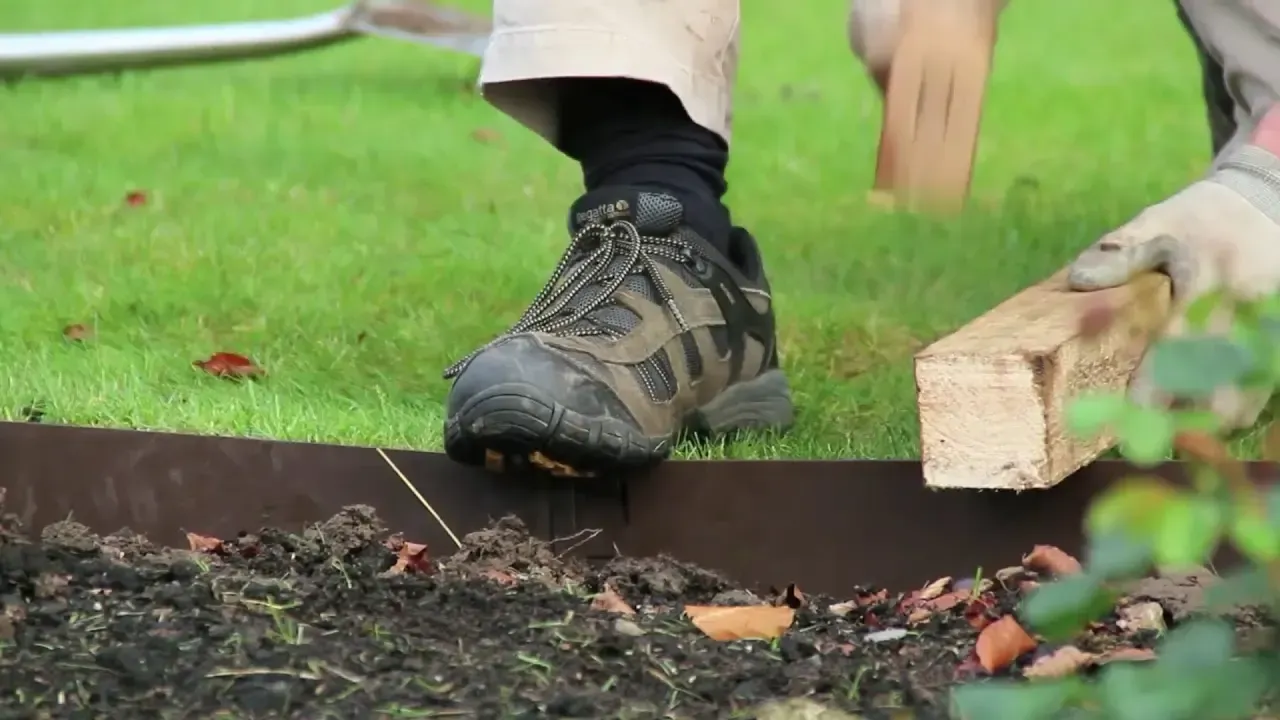
Is it actually hard to install? (The DIY reality)
One of the biggest barriers for homeowners is the fear of installation. "Do I need a concrete mixer? Do I need a welder?"
With the EverEdge system, the answer is no. We designed it to be a DIY job.
The process:
- Prep: Use a spade to cut a clean edge along your lawn line.
- Place: Place the EverEdge lengths in the trench. They have spikes built-in (one-piece construction), so there are no loose pegs to lose.
- Link: The lengths slot together with a simple tongue-and-groove system.
- Hammer: Use a rubber mallet (and a block of wood) to drive it into the ground until it’s flush with the soil.
- Backfill: Push the soil back against the edge.
That’s it. If you need a curve, you just bend the strip over your knee or around a tree trunk before you put it in the ground.
Is garden edging worth it? The cost breakdown
Let’s answer the big question.
If you buy timber, you pay a low price today. But you also pay for:
- Stain/paint (every 2 years).
- Replacement timber (every 7 years).
- Your time spent weed-eating the edges because you can't mow flush against chunky wood.
If you choose EverEdge steel, you pay a one-off cost.
- No painting.
- No replacing.
- Reduced lawn mowing time every single week.
When you factor in the value of your own time and the longevity of the product, steel is almost always the most economical choice over a 10-year period.
Ready to sort your edges out?
Whether you want the rustic charm of Corten or the invisible sleekness of Classic black, we’ve got the stock right here in New Zealand.
Don't let your garden drift into the lawn this summer. Do it once, do it right.
Browse the EverEdge range here or Contact us for advice on your specific project.


